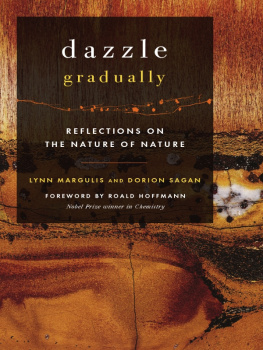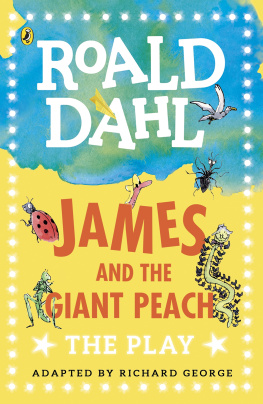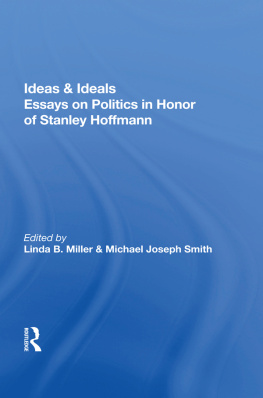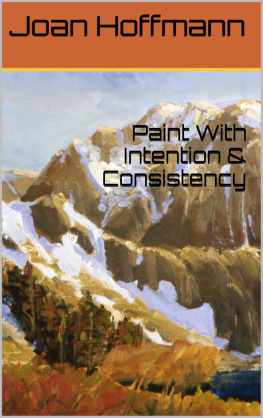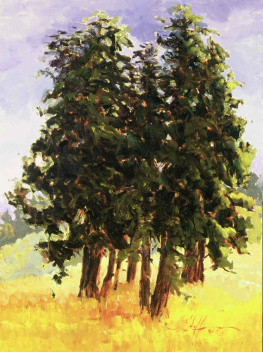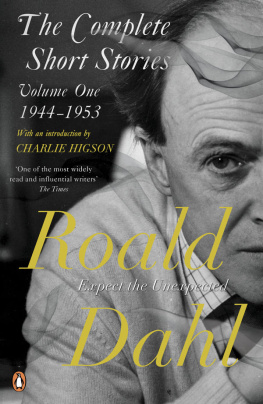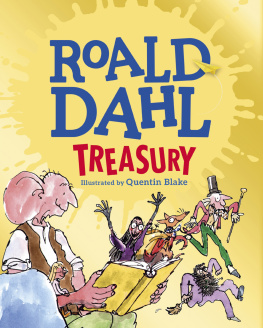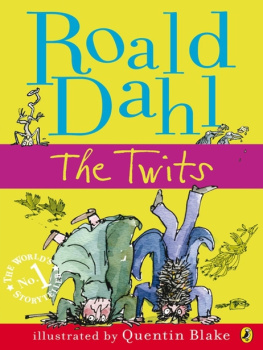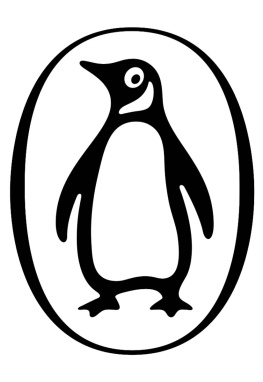Hoffmann Roald - Beyond the finite: the sublime in art and science
Here you can read online Hoffmann Roald - Beyond the finite: the sublime in art and science full text of the book (entire story) in english for free. Download pdf and epub, get meaning, cover and reviews about this ebook. City: New York, year: 2011, publisher: Oxford University Press USA - OSO, genre: Romance novel. Description of the work, (preface) as well as reviews are available. Best literature library LitArk.com created for fans of good reading and offers a wide selection of genres:
Romance novel
Science fiction
Adventure
Detective
Science
History
Home and family
Prose
Art
Politics
Computer
Non-fiction
Religion
Business
Children
Humor
Choose a favorite category and find really read worthwhile books. Enjoy immersion in the world of imagination, feel the emotions of the characters or learn something new for yourself, make an fascinating discovery.

- Book:Beyond the finite: the sublime in art and science
- Author:
- Publisher:Oxford University Press USA - OSO
- Genre:
- Year:2011
- City:New York
- Rating:5 / 5
- Favourites:Add to favourites
- Your mark:
- 100
- 1
- 2
- 3
- 4
- 5
Beyond the finite: the sublime in art and science: summary, description and annotation
We offer to read an annotation, description, summary or preface (depends on what the author of the book "Beyond the finite: the sublime in art and science" wrote himself). If you haven't found the necessary information about the book — write in the comments, we will try to find it.
Beyond the finite: the sublime in art and science — read online for free the complete book (whole text) full work
Below is the text of the book, divided by pages. System saving the place of the last page read, allows you to conveniently read the book "Beyond the finite: the sublime in art and science" online for free, without having to search again every time where you left off. Put a bookmark, and you can go to the page where you finished reading at any time.
Font size:
Interval:
Bookmark:
Beyond the Finite
The Sublime in Art and Science
Edited By
Roald Hoffmann and Iain Boyd Whyte


Oxford University Press, Inc., publishes works that further
Oxford Universitys objective of excellence in research, scholarship, and education.
Oxford New York
Auckland Cape Town Dar es Salaam Hong Kong Karachi
Kuala Lumpur Madrid Melbourne Mexico City Nairobi
New Delhi Shanghai Taipei Toronto
With offices in
Argentina Austria Brazil Chile Czech Republic France Greece
Guatemala Hungary Italy Japan Poland Portugal Singapore
South Korea Switzerland Thailand Turkey Ukraine Vietnam
Copyright 2011 by Oxford University Press
Published by Oxford University Press, Inc.
198 Madison Avenue, New York, New York 10016
www.oup.com
Oxford is a registered trademark of Oxford University Press
All rights reserved. No part of this publication may be reproduced, stored in a retrieval system, or transmitted, in any form or by any means, electronic, mechanical, photocopying, recording, or otherwise, without the prior permission of Oxford University Press.
Library of Congress Cataloging-in-Publication Data
Beyond the finite : the sublime in art and science / edited by Roald Hoffmann and
Iain Boyd Whyte.
p. cm.
ISBN 978-0-19-973769-7 (hardcover : alk. paper) 1. ScienceAesthetics.
2. Sublime, The, in art. I. Whyte, Iain Boyd, 1947
Q175.32.A47B49 2010
500dc22
2009054357
1 3 5 7 9 8 6 4 2
Printed in the United States of America
on acid-free paper
For striking the initial sparks, our sincere thanks to Felice Frankel, a distinguished artist, an advocate of better seeing in science through photography, and the indefatigable organizer of the Image and Meaning conferences. We are grateful to Suhrkamp Verlag and its editors Hans-Joachim Simm, Regina Oehler, and Sabine Landes for publishing this volume in German as part of its Edition Unseld. At Oxford University Press we found a welcome home, and have received good advice from Jeremy Lewis, Lisa Stallings, Hallie Stebbins, and Theresa Stockton. We also appreciate the expert help of Claudia Heide in obtaining good quality images and permissions for their use. Roald Hoffmann is grateful to Jennifer Cleland and Catherine Kempf for research and editorial assistance.
There are many excellent books on the sublime written by philosophers, aestheticians, and art and cultural historians. This volume represents a first attempt to extend the discussion of the sublime into the realm of the natural scientist. The project originated in a conversation among a chemist, a behavioral neurologist, an art historian, and an architectural historian. The occasion was a conference entitled Image & Meaning 2, held at the Getty Center in Los Angeles in June 2005. The conversation took place in a session of this conference entitled The Sublime in Art and Science, and the ambition, which finds a broader rehearsal in this book, was to search for areas of commonality in which a topic widely discussed in art and aesthetic theory could be shared with and opened up to the discourses of the sciences. Perhaps the exchange might offer science some insights as it discovers and creates the new.
The chosen vehiclethe sublimeis broad enough in its many definitions to stimulate new thinking both in the arts and in the sciences. The sublime has meant many things over its long history as it has been applied to the emotional impact of that which is beyond beautiful. Philosophers have contemplated the The breadth and indeterminacy of the term are central to the project. Rather than address the sublime head-on as a category seeking definition, this volume uses it as a catalyst to provoke responses from a group of distinguished scientists and cultural historians.
In this context, the sublime is not offered either as a veiled religiosity or as a mandate for nihilism. Rather, it is seen as a means of defying conceptual rules and, in the process, relating insights that were formerly unknown to each other. As the philosopher Kirk Pillow has suggested, Sublime reflection can provide... a model for a kind of interpretative response to the uncanny Other outside our conceptual grasp. It thereby advances our sense-making pursuits even while eschewing unified conceptual determination.
The best of science also makes claims to the sublime, for in science as well as in art, each day brings the entirely new, the extreme, and the unrepresentable. How does one depict negative mass, for example, or the propagating, contagious misfolding of a protein? Can one capture emergent phenomena as they emerge? Science is continually faced with describing that which is beyond previous experience and common sense. That, too, might be a definition of the sublime.
And scientists have begun to discern the physiological and genetic basis of our senses of the beautiful and the sublime. Contemporary neurophysiology is charting the landscape of our emotions, while biology addresses the transformation of sensory impulses into aesthetic judgments.
One might not have thought an aesthetic category would be a fruitful meeting ground of art and science. This book, by nine courageous scholars, proves that it is. Their explorations range farfrom the Hubble Telescope images to David Bohms quantum romanticism, from Kant and Burke to the downward spiral-ing infinity of the twenty-first-century sublime, through a denial of utility to the category itself, to Little Nemo and the affective foundations of the sublime. The sublime brings nine free-thinking authors together, offering a uniquely powerful portal into both art and science, and into as yet uncharted spaces between.
A list of major recent monographs on the sublime includes Paul Crowther, The Kantian Sublime: From Morality to Art (Oxford: Clarendon Press, 1989); Christine Preiss (ed.), Das Erhabene: Zwischen Grenzerfahrung und Grenwahn (Weinheim: VCH Acta Humaniora, 1989); Andrew Ashfield and Peter de Bolla (eds.), The Sublime: A Reader in British Eighteenth-Century Aesthetic Theory (Cambridge: Cambridge University Press, 1996); Kirk Pillow, Sublime Understanding: Aesthetic Reflection in Kant and Hegel (Cambridge, MA: MIT Press, 2000); James Kirwan, Sublimity (New York: Routledge, 2005); Gene Ray, Terror and the Sublime in Art and Critical Theory (New York: Palgrave Macmillan, 2005); and Philip Shaw, The Sublime (Abingdon, UK: Routledge, 2006), which also has an extensive bibliography on the sublime.
Jean-Franois Lyotard, The Postmodern Condition: A Report on Knowledge, trans. Geoff Bennington and Brian Massumi (Minneapolis: University of Minnesota Press, 1984), p. 81.
Iain Boyd Whyte
Jaak Panksepp
Barbara Maria Stafford
Elizabeth A. Kessler
James Elkins
John Onians
Ian Greig
Scott Bukatman
Roald Hoffmann
Scott Bukatman is an Associate Professor in the Film and Media Studies Program in the Department of Art and Art History at Stanford University. He holds a Ph.D. in Cinema Studies from New York University and is the author of three books: Terminal Identity: The Virtual Subject in Postmodern Science Fiction, one of the earliest book-length studies of cyberculture; a monograph on
Next pageFont size:
Interval:
Bookmark:
Similar books «Beyond the finite: the sublime in art and science»
Look at similar books to Beyond the finite: the sublime in art and science. We have selected literature similar in name and meaning in the hope of providing readers with more options to find new, interesting, not yet read works.
Discussion, reviews of the book Beyond the finite: the sublime in art and science and just readers' own opinions. Leave your comments, write what you think about the work, its meaning or the main characters. Specify what exactly you liked and what you didn't like, and why you think so.

